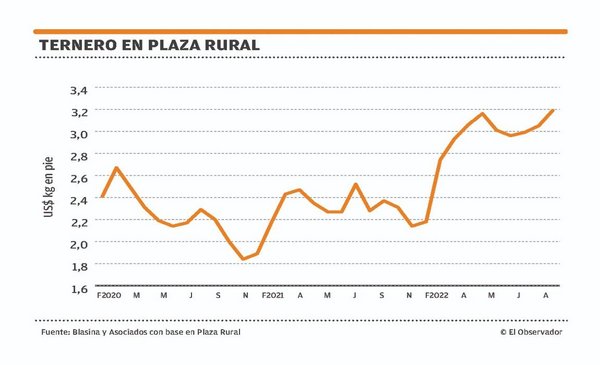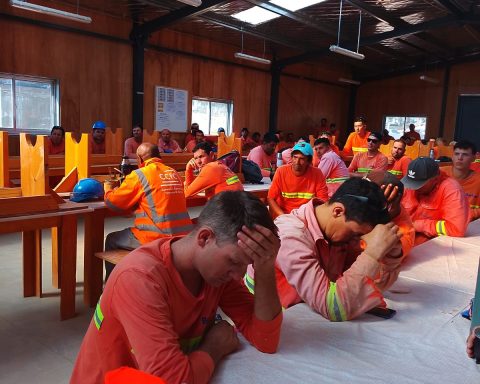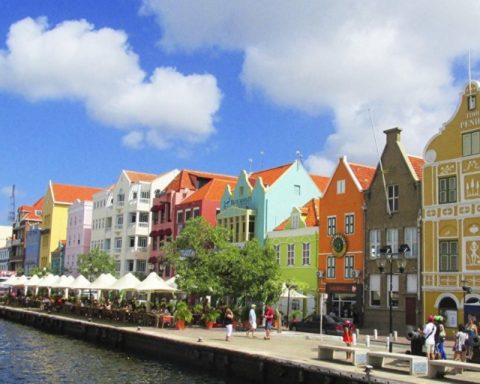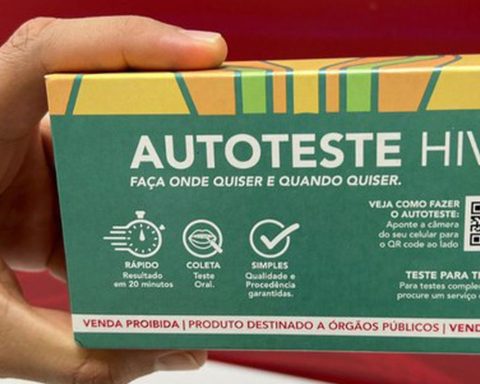Fat Cattle Values Stabilize as Field Supply Continues with Up Arrows. In the replacement, the demand pushes and widely exceeds the offer. This week record values were reached in Plaza Rural.
business for special steers for refrigerator range from US$ 5.10 to US$ 5.20 per kilo for meat. In cows, between US$4.80 and US$4.90. Tickets are still agile. The industry is firm in not yielding in price, in the last days of work for quota 481.
The market “is firm, stable, and in some cattle it is possible to get a few more cents,” said Alejandro Zugarramurdi, director of the bureau of the same name.
There is some expectation as to what will happen later, when the supply of free-range cattle decreases. Looking at it from the supply side, there are no well-finished cattle available and prices could firm up.. From the demand side, there is a possibility that the industry will lower its workload and prices will not hold up at current levelsconsidered Gustavo Basso, director of Gustavo Basso Rural Businesses.
Slaughter is still far below 2021 volumes at this time of year. Last week it was 37,272 cattle and they add up to 67,011 so far this month. It is heading to be the lowest August in two years, with the activity affected by work stoppages and by the drop in the pace of operations ordered by the industry.
EO
record for calves
On another lane is the replacement. The impulse of the pastures -uneven by zones- and the little offer took the price of the calves to a historical record in Plaza Rural this Thursday, with 100% sale for that category at an average of US$ 3.19. With strong bidding, the maximum in calves reached US$ 3.55. The average previous auction was US$ 3.05 for that category. Mixed lots reached US$3.09 on average. “It was an auction that totally exceeded expectations,” said Juan Brea Saravia, a member of the consortium, interviewed on Tiempo de Cambio on Radio Rural.
In general, the replacement offer is not abundant. In the last week it jumped on the grid of the Association of Livestock Shippers (ACG) from US$2.98 to US$3.10 for calves, and calves from US$2.88 to US$2.99 .
An export price of meat that has remained above US$ 5,000 in the annual average and projections of structural firmness in the Asian demand for beef support producers’ expectations.
It is an optimism that is reflected in the impulse of the breeding. The yellow lights are turned on by forecasts of a spring that would once again have below-average rainfall.
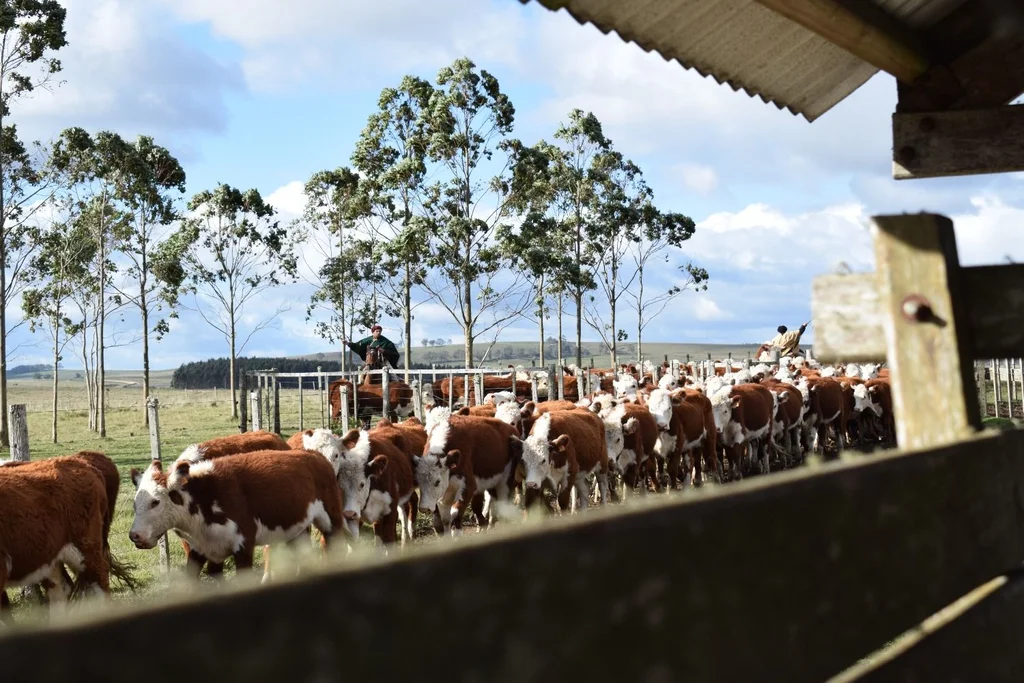
john samuel
Cattle with Hereford genetics.
A productive impulse is also observed in sheep. Pregnancy was similar to the last two years, on the 93% axis, but the potential calving rate increased due to the increase in the multiple gestation rate.
The twinning rate grew from 13.7% in 2020 to 20.5% in 2021 and 22% this year, according to the results of the INIA La Estanzuela Sheep Gestation Workshop.
The market for sheep is firm and prices continue to rise, above US$4.80 and US$4.85 per kilo for heavy lamb, US$4.35 for capons and sheep between US$4.25 and US$4.30. The offer gradually grows, in a good period prior to the October-November harvest.
So far this year, slaughter has reached 645,913 sheep, 7.7% less than in 2021 and almost 50% more than in the same period in 2020.
In external demand for sheep meat, the fall in purchases from China is accentuated and the recovery in Brazil is consolidated, although without compensating for the decline in the Asian country.
The latest weekly data from the National Meat Institute (INAC) show that the 143 tons exported averaged US$6,059, the highest value since mid-June. And in the last 30 days it was US$ 5,133.
So far this year, the average export price for sheep meat is US$5,217 per ton, 6% higher in the year-on-year comparison.
